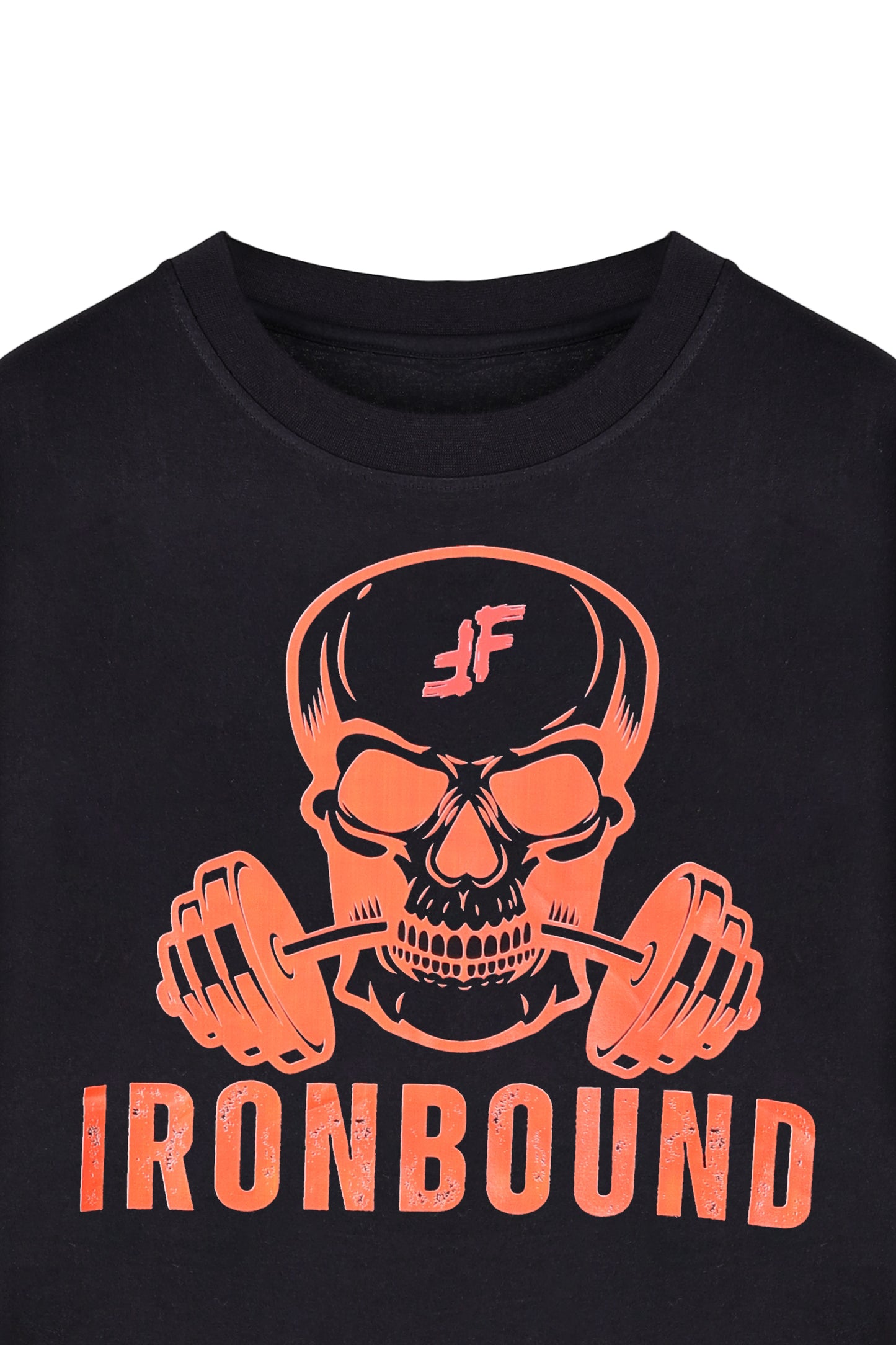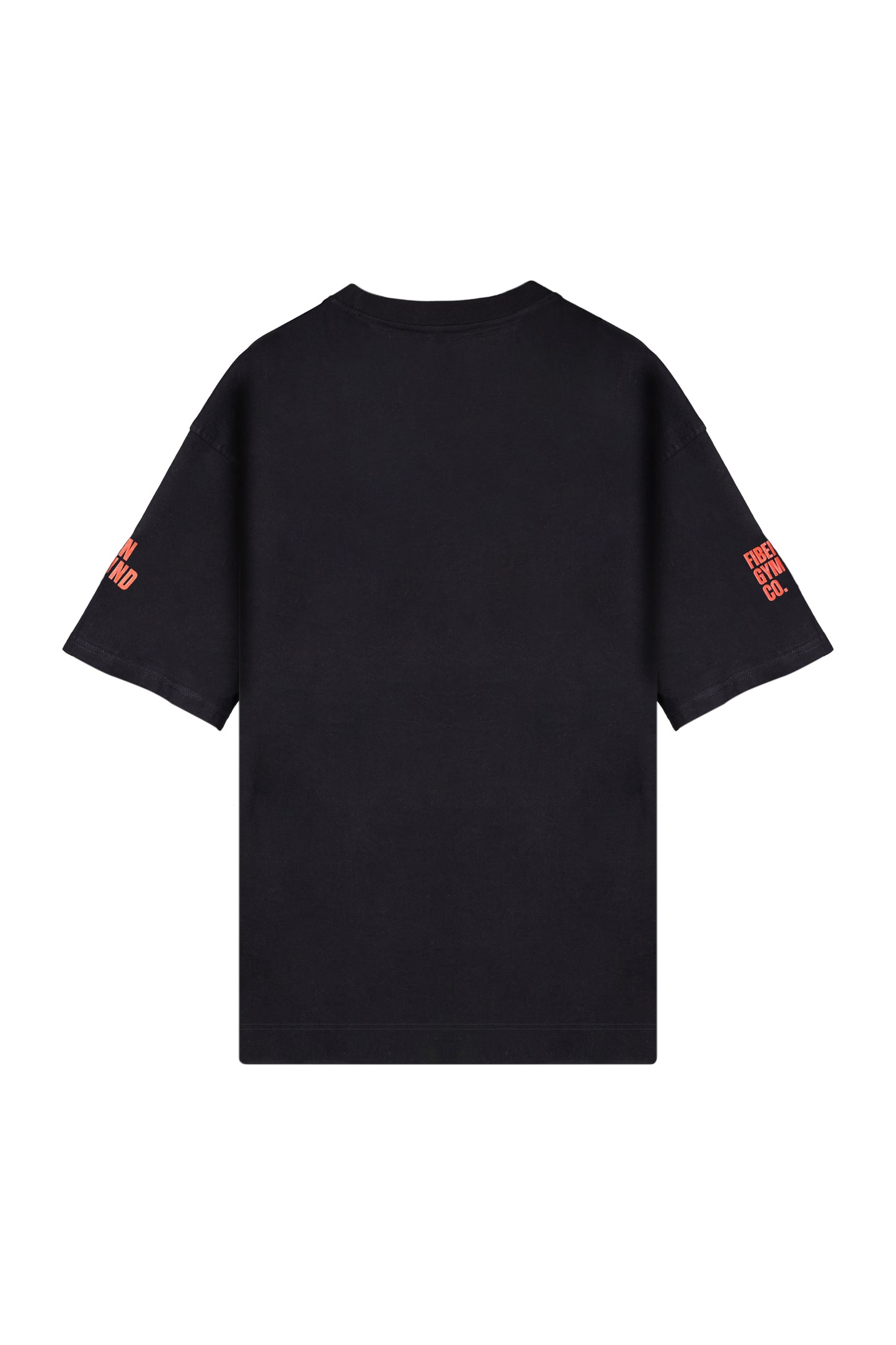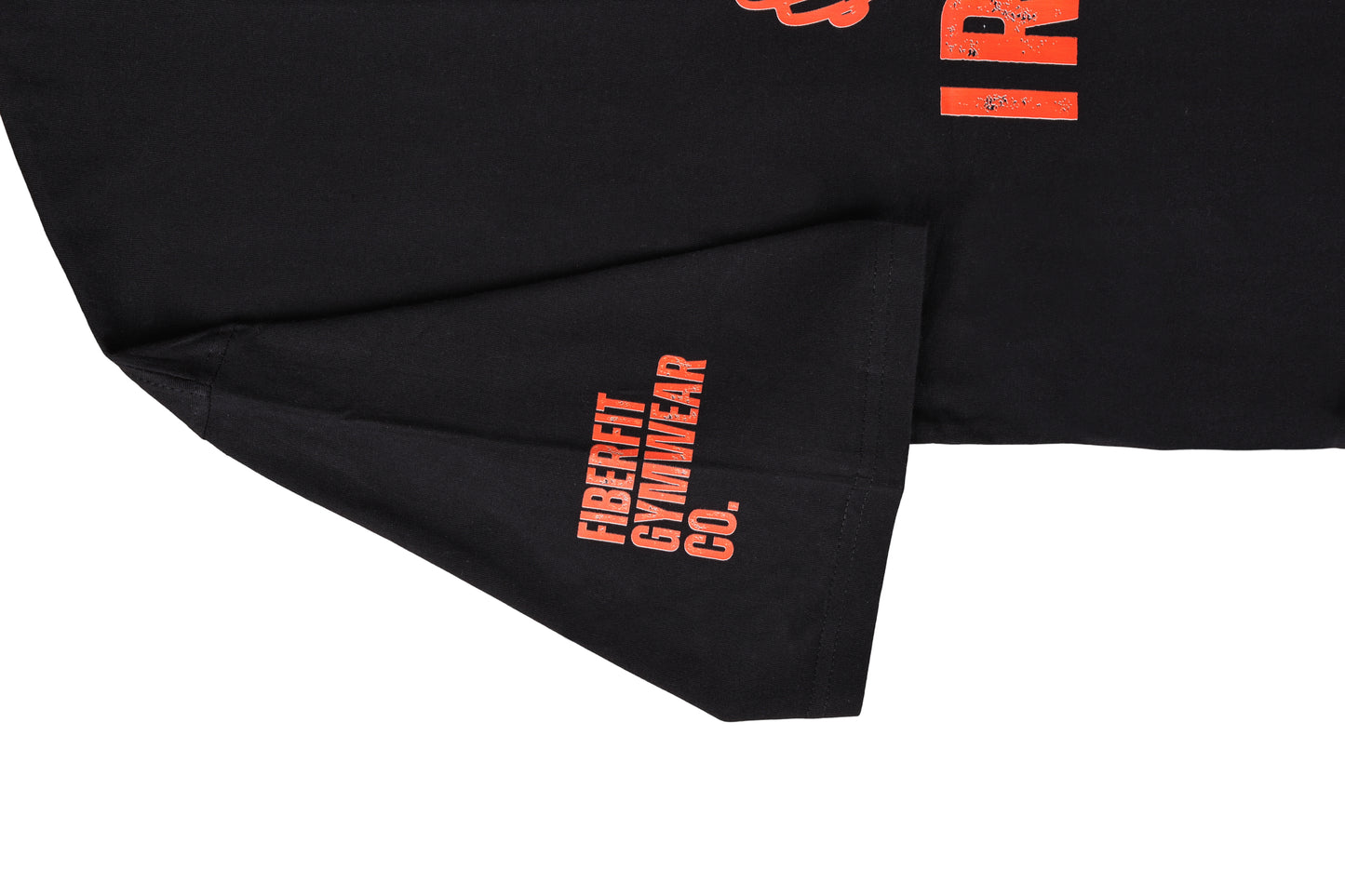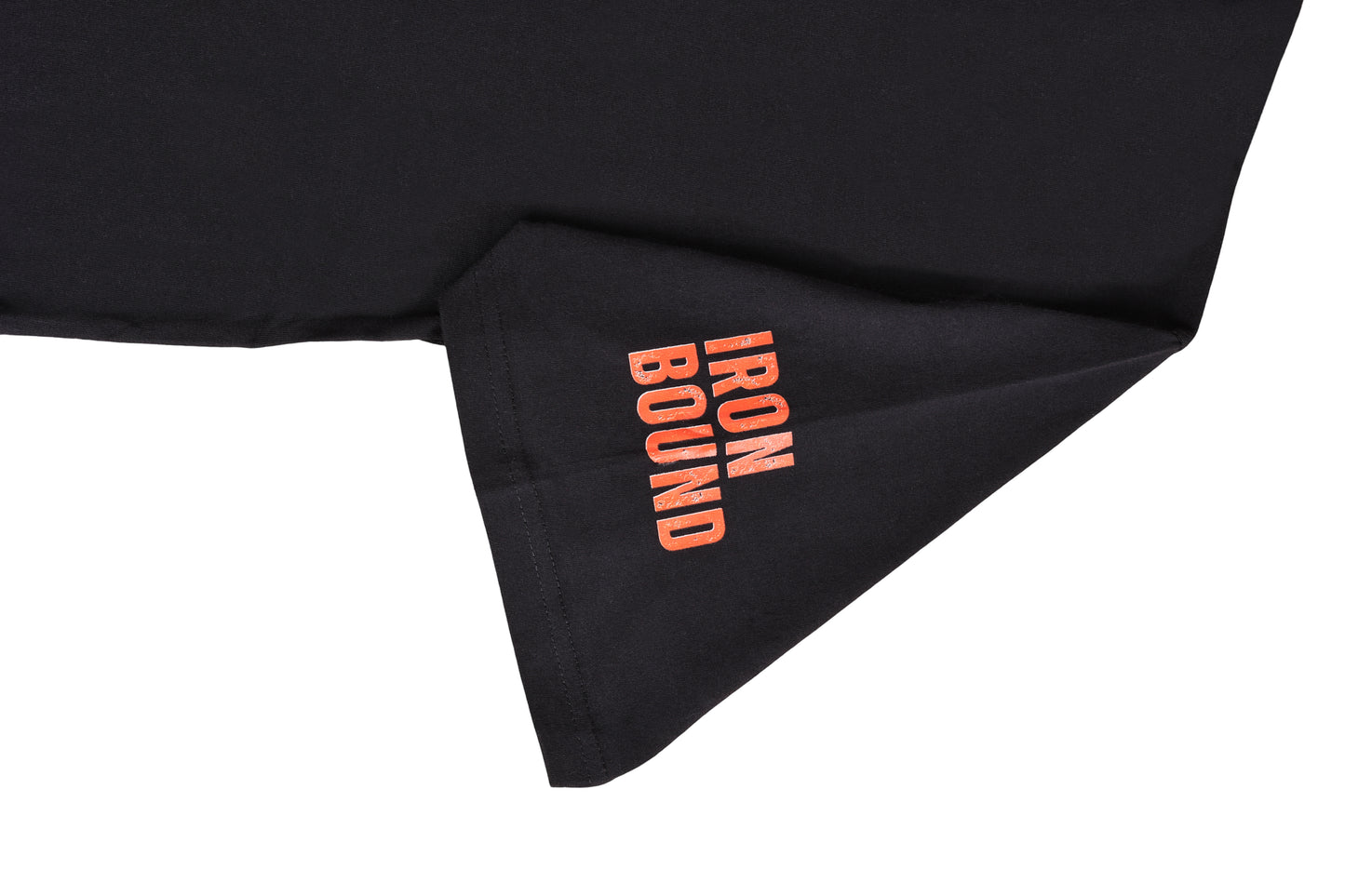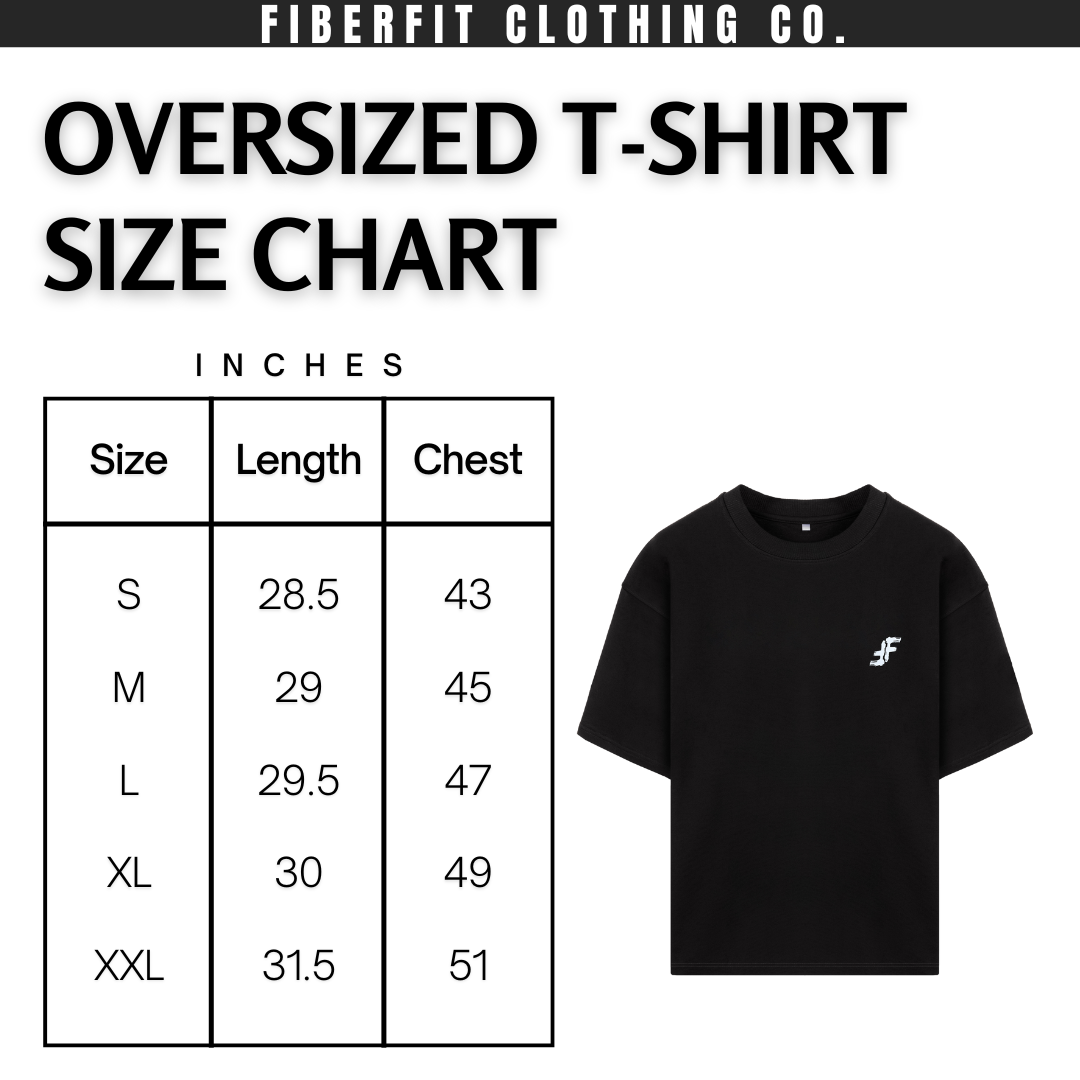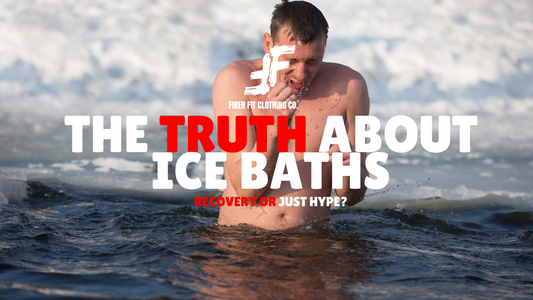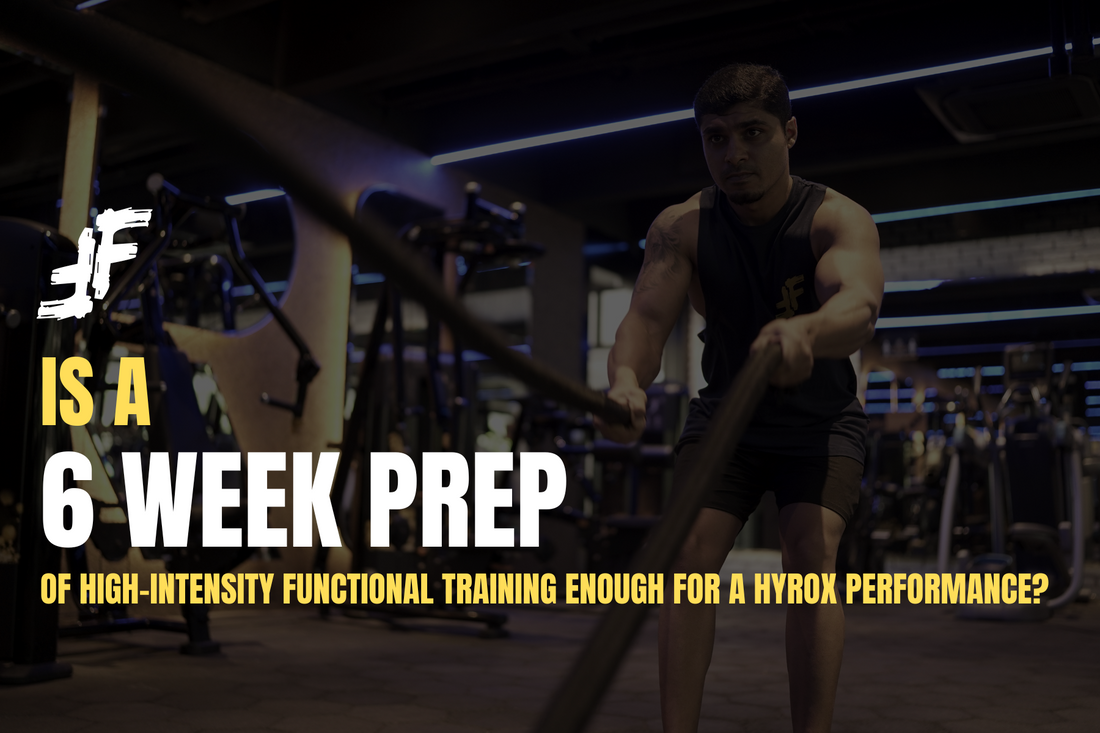
Is Six Weeks of High-Intensity Functional Training Enough For A Hyrox Performance?
Share

Hyrox, Functional Fitness & the Science Behind Training Timelines.
If you’ve been following global fitness trends, you know Hyrox is booming.
What is HYROX, in short it’s a timed competition combining running, sled pushes, lunges, rowing and functional movements.
Just like the Diljit concert, with Hyrox events and their photographs showing up on our feed. Anyone with a real competitive personality can rightly ask themselves can I use this as an experience and still get a decent first timer score.
What you need to know is...
👉 How long does it actually take to prepare for a respectable Hyrox score?
👉 If I start training six weeks out, is that enough to get ready?
To cut through the noise of coaching packages and Instagram promises, let’s look at the science. A recent study in the International Journal of Environmental Research and Public Health tested this exact question.
The Study: Six Weeks of HIFT
Researchers recruited 31 men and women and split them into two training groups for six weeks of High-Intensity Functional Training (HIFT) a style that overlaps heavily with CrossFit and functional circuits found in gyms.
Group 1: High Volume/Frequency (HTVF)
- 5–6 days per week
- ~2 hours per session
Group 2: Moderate Volume/Frequency (MTVF)
- 3–4 days per week
- ~1 hour per session
Both groups trained across the classic functional fitness spectrum:
- Olympic lifting: squats, deadlifts, clean & jerk
- Gymnastics skills: pull-ups, ring work, handstands
- Conditioning: rowing, running, circuits
What Changed After Six Weeks?
Performance was tested on three Hyrox-relevant markers:
-
Vertical jump (explosiveness)
-
20m sprint (speed)
-
Handgrip strength (functional force)
👉 Result: Neither group showed statistically significant improvements.
-
Around 65–70% of individuals had slight gains, but the overall effect was too small to matter.
-
In other words, six weeks wasn’t enough to move the needle on speed, power, or grip strength.
Why This Matters for Someone Curious To Try?
Success in this race depends on speed, power, and endurance. The exact traits tested in this study. The key takeaway?
-
Six weeks is too short for major performance jumps.
-
Conditioning may improve a little, but explosive power, sprint ability and grip strength take longer, structured blocks of training.
-
Training volume vs. frequency didn’t matter much as the limiting factor was time.
For anyone attempting to jump into this
Don’t expect a crash six-week plan to deliver miracles.
Instead, think in 12–16 week horizons.
Practical Tips for Hyrox Prep
1. Think Long-Term
Structure training in at least 3-month blocks. Short-term intensity won’t replace consistent preparation
2. Mix Modalities
Strength: squats, deadlifts, Olympic lifts
Conditioning: sled pushes, rowing, circuits
Running: intervals and pacing work
3. Track Recovery
Overtraining kills progress. Use RPE (rate of perceived exertion) or simple logs to balance intensity with rest.
4. Measure, Don’t Guess
Check sprint times, jump height, or grip strength every month instead of relying on “feeling fitter.”
Gear Up for Hyrox with FiberFit
Quick-dry Aero Hermes T-shirts to durable shorts and compression-ready essentials, FiberFit helps you perform at your best.
👉 Shop the collection now and get race-day ready: fiberfit.in
Reference
Teixeira, R.V., Batista, G.R., Mortatti, A.L., Dantas, P.M.S. and Cabral, B.G.A.T., 2020. Effects of six weeks of high-intensity functional training on physical performance in subjects with different training volumes and frequencies. International Journal of Environmental Research and Public Health, 17(17), p.6058
